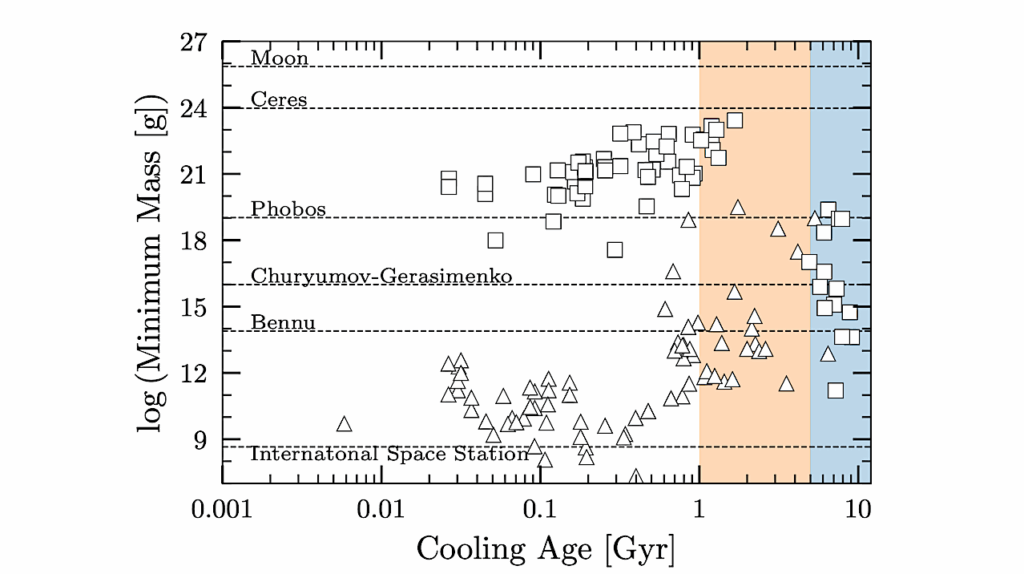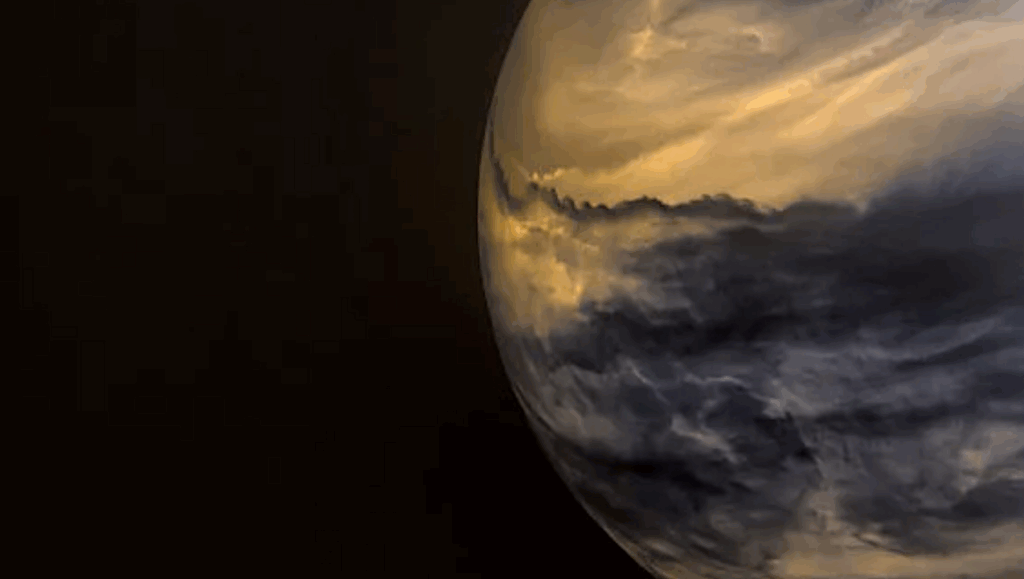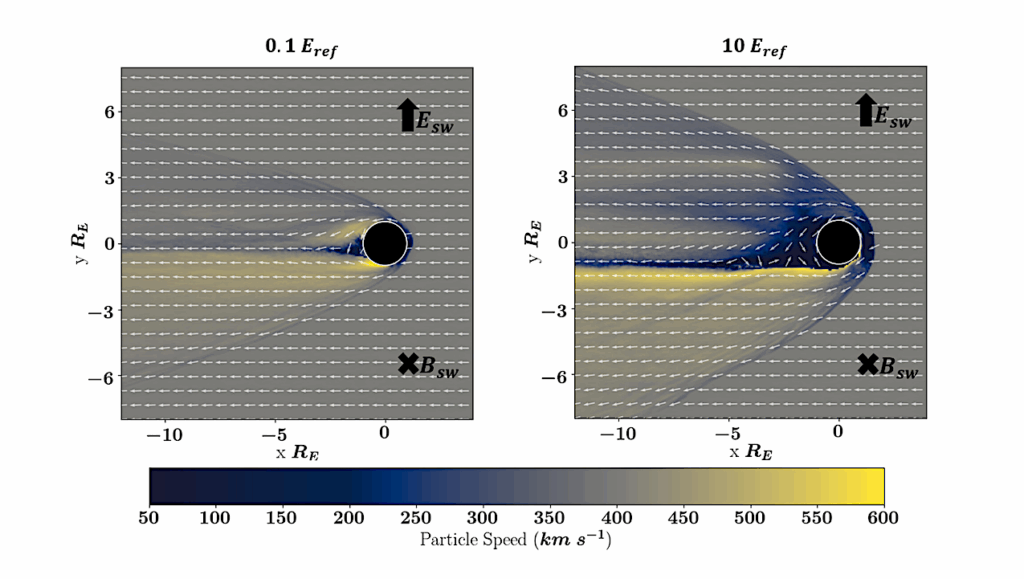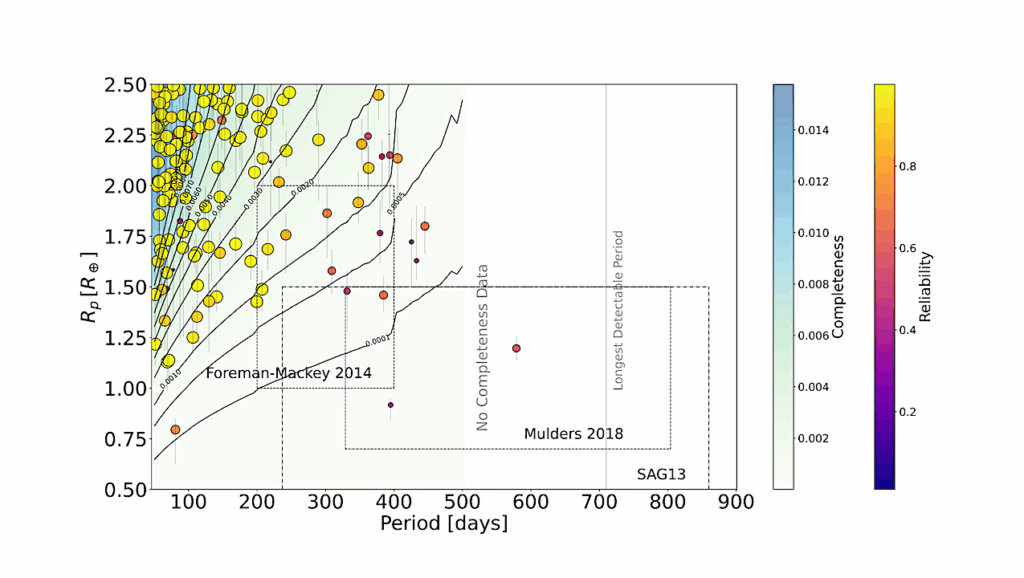A Multiwavelength Survey of Nearby M dwarfs: Optical and Near-Ultraviolet Flares and Activity with Contemporaneous TESS, Kepler/K2, Swift, and HST Observations
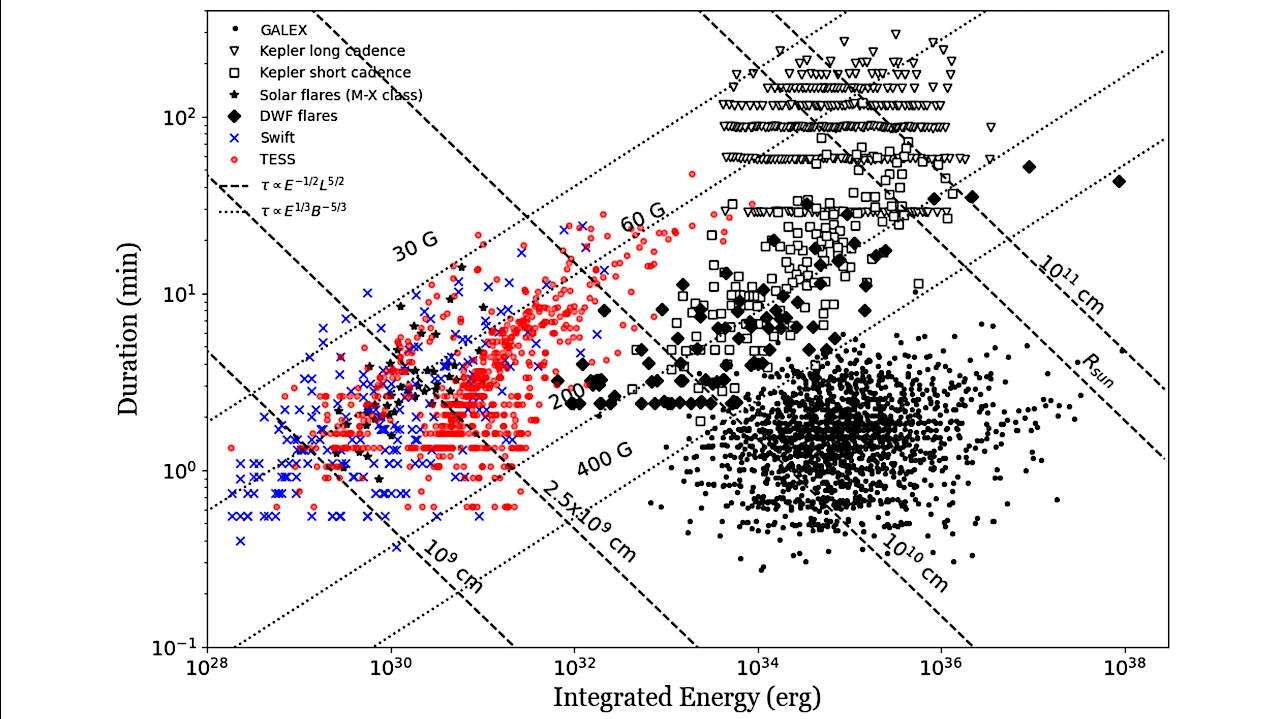
We present a comprehensive multiwavelength investigation into flares and activity in nearby M~dwarf stars. We leverage the most extensive contemporaneous dataset obtained through the Transiting Exoplanet Sky Survey (TESS), Kepler/K2, the Neil Gehrels Swift Observatory (Swift), and the Hubble Space Telescope (HST), spanning the optical and near-ultraviolet (NUV) regimes. In total, we observed 213 NUV flares on 24 nearby M dwarfs, with ∼27\% of them having detected optical counterparts, and found that all optical flares had NUV counterparts.
We explore NUV/optical energy fractionation in M dwarf flares. Our findings reveal a slight decrease in the ratio of optical to NUV energies with increasing NUV energies, a trend in agreement with prior investigations on G-K stars’ flares at higher energies. Our analysis yields an average NUV fraction of flaring time for M0-M3 dwarfs of 2.1\%, while for M4-M6 dwarfs, it is 5\%. We present an empirical relationship between NUV and optical flare energies and compare to predictions from radiative-hydrodynamic and blackbody models.
We conducted a comparison of the flare frequency distribution (FFDs) of NUV and optical flares, revealing the FFDs of both NUV and optical flares exhibit comparable slopes across all spectral subtypes. NUV flares on stars affect the atmospheric chemistry, the radiation environment, and the overall potential to sustain life on any exoplanets they host. We find that early and mid-M dwarfs (M0-M5) have the potential to generate NUV flares capable of initiating abiogenesis.
Rishi R. Paudel, Thomas Barclay, Allison Youngblood, Elisa V. Quintana, Joshua E. Schlieder, Laura D. Vega, Emily A. Gilbert, Rachel A. Osten, Sarah Peacock, Isaiah I. Tristan, Dax L. Feliz, Patricia T. Boyd, James R. A. Davenport, Daniel Huber, Adam F. Kowalski, Teresa A. Monsue, Michele L. Silverstein
Comments: 41 pages, 22 figures, Accepted for publication in the Astrophysical Journal
Subjects: Solar and Stellar Astrophysics (astro-ph.SR); Earth and Planetary Astrophysics (astro-ph.EP)
Cite as: arXiv:2404.12310 [astro-ph.SR] (or arXiv:2404.12310v1 [astro-ph.SR] for this version)
Submission history
From: Rishi Paudel
[v1] Thu, 18 Apr 2024 16:39:19 UTC (4,556 KB)
https://arxiv.org/abs/2404.12310
Astrobiology



